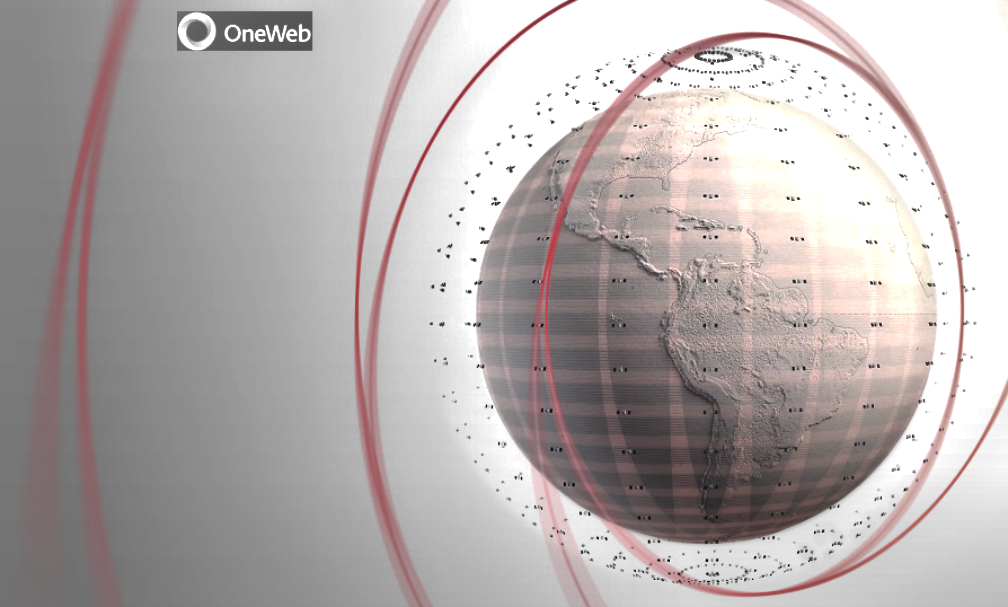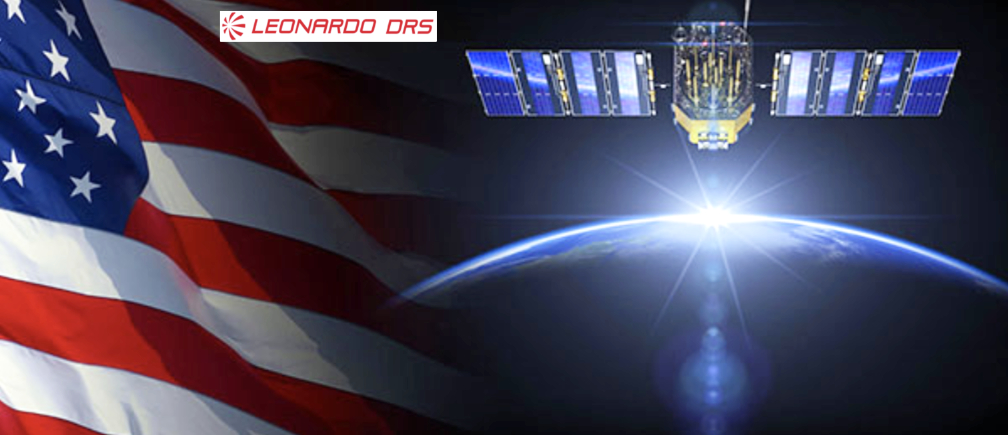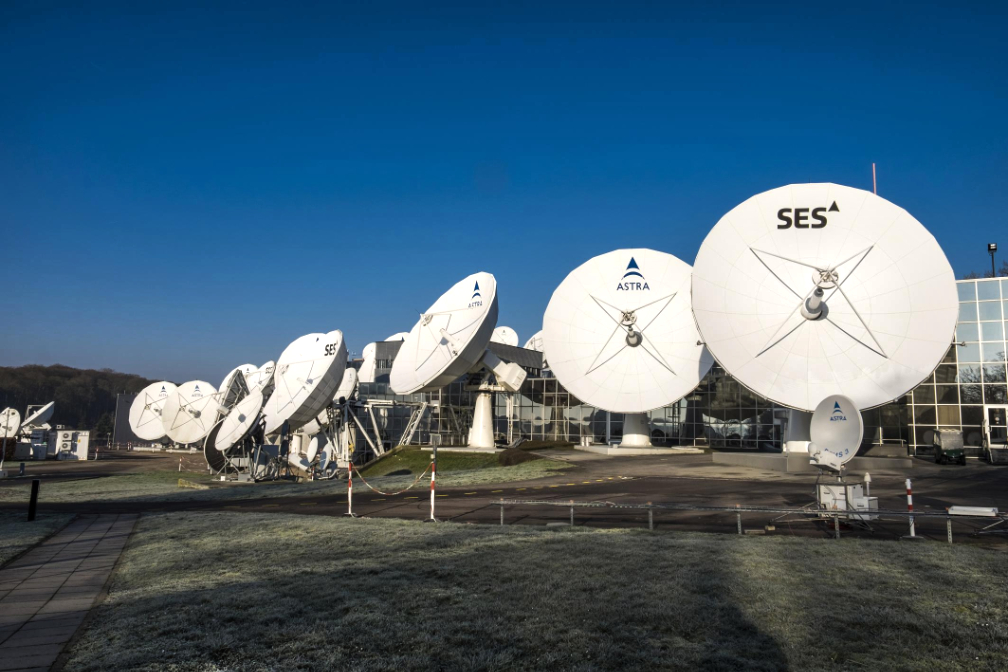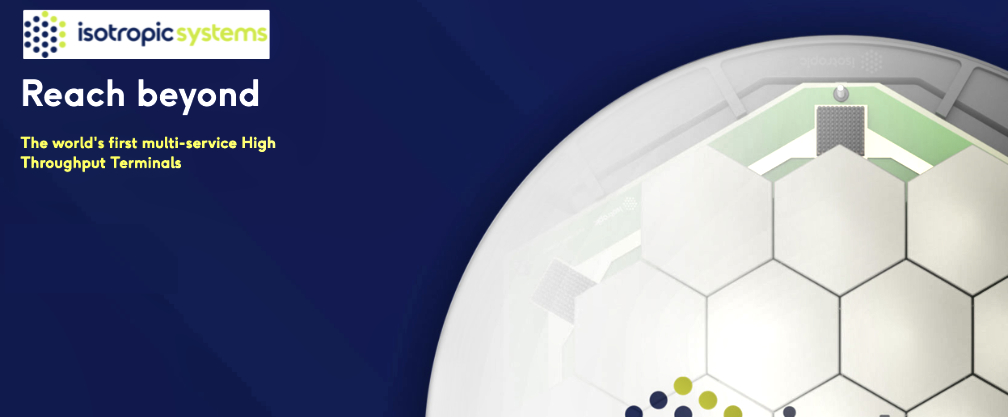
Jeff Bezos and his Project Kuiper team will launch the first test satellites later in 2022, ahead of his planned 3,236 LEO broadband constellation.
Project Kuiper will use rocket company ABL Systems to launch the two satellites (named KuiperSat-1 and KuiperSat-2) and not Bezos’s own Blue Origin rockets. The launches will take place from Cape Canaveral in Florida.

Amazon filed for a license to cover the launch with the FCC on November 1st in a highly-detailed 47-page filing.
In a blog, Rajeev Badyal, Kuiper’s VP/Technology, stated, “This morning, we filed an experimental license application with the Federal Communications Commission (FCC) to launch, deploy, and operate two prototype satellites for Project Kuiper. These satellites – KuiperSat-1 and KuiperSat-2 – are an important step in the development process. They allow us to test the communications and networking technology that will be used in our final satellite design, and help us validate launch operations and mission management procedures that will be used when deploying our full constellation.
“We’ve invented lots of new technology to meet our cost and performance targets for Project Kuiper. All of the systems are testing well in simulated and lab settings, and we’ll soon be ready to see how they perform in space,” he added. “There is no substitute for on-orbit testing, and we expect to learn a lot given the complexity and risk of operating in such a challenging environment. We can’t wait to get started.”
BT and OneWeb have agreed terms for a new Distribution Partner Agreement, with OneWeb to provide Low Earth Orbit (LEO) satellite communication services across BT Group.

This builds on an initial Memorandum of Understanding (MoU) signed in July and means BT is testing how LEO satellite technology integrates with its existing terrestrial capabilities to meet the communications needs of customers. On successful completion, BT will commence the first live trials with customers from early in 2022. The partnership will span a growing range of connectivity solutions around the world as well as specific opportunities for the UK market.
Business Secretary, Kwasi Kwarteng, said, “I am thrilled to see the UK at the forefront of this emerging technology thanks to the Government’s investment in OneWeb – a crucial part of our plans to cement our status as a global science and technology superpower.”
Digital Secretary, Nadine Dorries, said, “The agreement between OneWeb and BT will help bring fast and reliable global connectivity, from the Highlands to the Himalayas. I’m delighted these two British companies have joined forces to research the technological benefits of working together, and I look forward to exploring how this could play a role in our mission to put hard-to-reach areas in the digital fast lane.”
Philip Jansen, Chief Executive of BT Group, said, “Space is an emerging and enormous digital opportunity, and this is an important step towards harnessing its potential for BT’s customers across the globe. We will put OneWeb’s technology through its paces in our UK labs with the goal of delivering live trials in early 2022. Delivered securely and at scale, satellite solutions will be an important part of our plans to expand connectivity throughout the UK and globally, and to further diversify the range of services we can offer our customers.”
OneWeb’s Chief Executive Officer, Neil Masterson, said, “BT has taken the lead in the recognition of LEO satellite’s advantage. We are delighted as this agreement with BT Group represents an important strategic partnership for OneWeb as we continue to make progress towards our operational launch. We are excited to be playing such a key role in improving the resilience of the overall telecom infrastructure in the UK. OneWeb’s connectivity platform will help bridge the last digital divides across the country and enhance the nation’s digital infrastructure.”
OneWeb is expected to deliver global coverage by June 2022 through a constellation of 648 LEO satellites and is poised to deliver services from the North Pole to the 50th parallel, covering the entire UK, later in 2021. The new partnership supports BT’s wider network ambition, set out in July this year, to deliver digital solutions across the entire UK by 2028, through a combination of an expanded network and ‘on demand’, requestable solutions anywhere beyond. In building a converged, software-defined network, BT will leverage and integrate both terrestrial and non-terrestrial technologies to deliver on the goal of seamless, ubiquitous connectivity.
This agreement marks a clear path toward the first LEO solutions being available for customers within a year. As the next step, BT will test capabilities in its Bristol lab to demonstrate how they integrate with existing services. Current capacity levels within OneWeb satellites mean initial trials will focus on its role as a supplementary, low latency backhaul solution to sites where additional capacity or a back-up solution is required, and to deliver improved resilience for business customers. On successful completion, BT will begin early adopter trials for UK and international customers, expected early in 2022. As OneWeb grows their capacity, the list of future use cases could also widen, opening up the opportunity to explore the use of satellite for IoT backhaul and Fixed Wireless Access in rural areas.
The work with OneWeb shows the capabilities being developed by UK businesses in the pioneering area of space technology and follows the UK Government’s recently published National Space Strategy, which recognizes the enormous strategic opportunities on offer. BT, which boasts a heritage of nearly 60 years in space and satellite communication innovation, continues to explore a diverse range of partners across all its services, including space, to ensure the latest and best connectivity solutions are available for customers.

LEO broadband satellite operator OneWeb and communications, defence and security specialist Leonardo DRS have created a new partnership. The pair will now jointly offer a LEO service to the US Department of Defense.
Supported by a global network of gateways and user terminals, OneWeb’s global connectivity platform will provide high-bandwidth and low-latency connectivity to expand Leonardo DRS’s information and technology solution systems, products and technologies to support military and government markets. The partnership will enable expanded connectivity to offer versatile, agile, and capable US government mission support throughout the US.
“OneWeb and Leonardo DRS’s partnership will benefit DoD naval and maritime systems, ground combat mission command and network computing, global satellite communications and network infrastructure, avionics systems, and intelligence and security solutions. Using the power of OneWeb’s network, Leonardo DRS can augment its existing delivery of end-to-end Information and Communications Technology (ICT) solutions that are reliable, resilient, and secure by adding low latency service,” said a press statement.
“Leonardo DRS has been providing broadband services and enterprise IT solutions for close to 20 years. The company specialises in providing mission-critical solutions that meet complex communications requirements. These offerings include multi-domain information systems, network operations, cybersecurity operations, and resilient global telecommunications that integrate secure and reliable backhaul terrestrial networks and cutting-edge satellite service. The company’s key offering, the Leonardo DRS ICT Ecosystem, provides fully integrated, turn-key information technology and global communication solutions tailored to customers’ current and future requirements, so they can focus on their missions,” the statement added.
Leonardo DRS (DRS stands for ‘Diagnostic Retrieval Systems’) is headquartered in Arlington, Virginia, but acquired by Italy-based Finnmeccanica (now called Leonardo) in 2008.

SES, with Isotropic Systems, has tested a new, versatile antenna which the pair say will be a “game changer” as far as multi-satellite (and multi-orbit) connectivity is concerned.

The antenna has proven to successfully connect with SES’s satellites in their geostationary orbit as well as simultaneously connecting with an O3b satellite in MEO.
Currently, users are reliant on legacy ground antennas which only connect to a single network at a time. This industry breakthrough enables satellite end-users to combine the best attributes of all available networks achieving superior network uptime and application performance. Isotropic’s deep tech solution multiplies the performance of single antenna solutions to transform the global appeal of satellite connectivity, ensuring critical defense communications infrastructure and delivering multiple broadband access that are highly reliable, says an announcement.
SES and Isotropic give some examples:
- NATO and other international forces will finally be able to converge the most advanced military and secure commercial satellites, ensuring total mission assurance around the world.
- In the sky, aircraft pilots will be able to connect to the optimal satellites for navigation and ground communications, while passengers in the cabin can connect to entirely separate satellites in different orbits to access live television, super-fast broadband, and enhanced entertainment options with streaming and gaming.
- On the ground, the entire land transport sector will achieve ubiquitous, super-fast, always-on internet access, allowing people to work as if they were in the office even if they are riding on a train or bus, while remote locations can finally access high-speed broadband.
- At sea, ships can be tracked across the oceans, accelerating digital transformation for the shipping industry and super-fast internet will transform the experience for cruise ship passengers.
“We have removed the major bottleneck holding back the expansion of the satellite sector for both commercial and defense communications. Users can finally connect to as many satellites as they want, when they want, wherever they want and that’s a game-changer for enterprise, aero, maritime, government and defense,” said John Finney, founder and CEO of Isotropic Systems. “This test proves space is now open, as we mesh networks together in a way that is unparalleled, without compromise. We have delivered on our vision to combine the full performance of multiple antennas into one multi-link, solid state, software defined terminal without any restrictions.”
“The success of these multi-orbit antenna trials opens the door to a new level of multi-orbit service delivery, as we integrate our geostationary satellites with our second-generation low-latency, high-throughput O3b mPOWER system to provide seamless services for our customers,” said Steve Collar, CEO of SES. “Isotropic’s unique architecture enables our customers to be connected to multiple simultaneous beams from both GEO and MEO satellites, enabling us to deliver industry-defining performance and orbital resilience services. It is a game changer for resilient, secure, global networks built on SES’s state-of-the-art fleet.”
Mike Rudd, Head of Telecommunications Strategy at the UK Space Agency, said, “This is a significant breakthrough that will put UK technology developed by Isotropic Systems at the heart of meeting the unprecedented demand for global connectivity. It’s a great example of the innovation found within the UK’s growing space sector and has been made possible by our leading investments in telecommunications research through the European Space Agency.”
